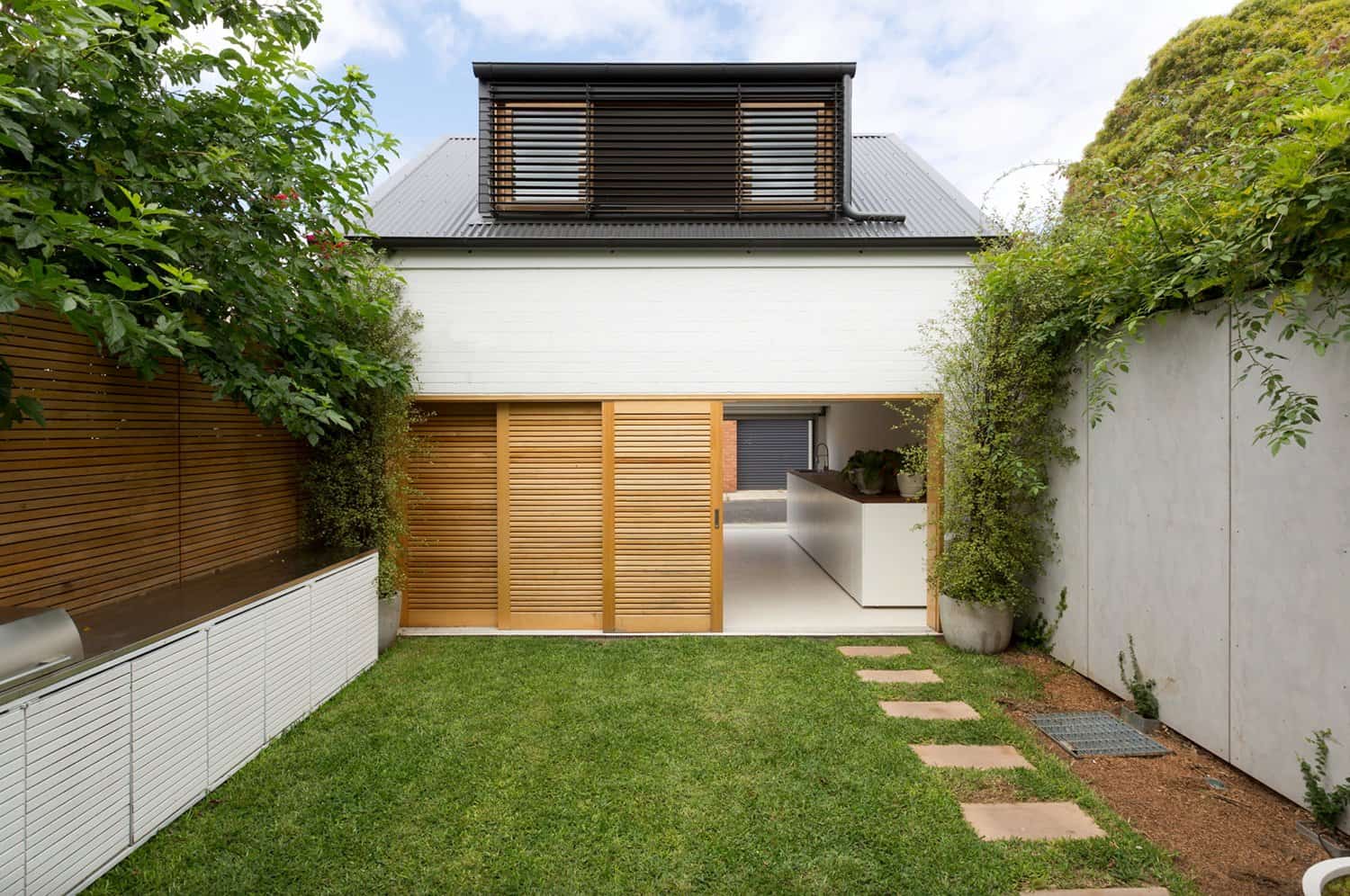
This Victorian terrace house renovation by Fearns Studio showcases how light and views define a space in Sydney, Australia’s Bondi Beach neighborhood. The homeowner requested the need for more privacy and lack of natural light filtering into the narrow row house.
The resolution for both issues was to confine most sources of natural light to the ceilings. The 2,800 square foot house was originally built in 1980 and various remodels were done over the years. It’s one house in a row of four. It is nestled on a narrow lot that is about 20 feet wide by 139 feet long, it’s apparent that privacy — for both the homeowner and the neighbors — was a primary issue.
“A garage and guesthouse loft are nestled into the back of the lot. Tasmanian oak doors slide open, connecting the garage, landscape and main house seamlessly. The same polished concrete floors used in the main house continue in the garage,” states the architects.
Fearns resolved privacy by designing the home like a tube. “The purpose of the tube idea was simply to direct views from the house away from neighboring properties by placing openings only at the ends,” he says. “I wanted to leave the side elevations largely clear of windows to de-clutter them, as well as eliminate the overlooking impacts.”
Deep door frames capture exterior moments like paintings. Light and shadow play animates the bare walls.
What We Love: This Victorian terrace house offers a great combination of simple and elegant, clean lines and earthy colors — it makes the interior feel light and airy. The layout is perfect with its private yard and separate guest/study area. A feeling of spaciousness makes this house feel not so narrow. The finished result is a great use of space with refined aesthetics.
Tell Us: What do you think of the overall design aesthetics of this home? Would this be your idea of the perfect urban dwelling? Let us know in the Comments below!
Note: Check out a couple of other amazing Australian home tours that we have featured here on One Kindesign: Timeless Hamptons style home in Australia designed to feel like a retreat and Concrete home with fantastic design features overlooks the Sydney harbor.
Above: The back deck of this Victorian terrace house projects off the primary bedroom.
Though this was primarily a contemporary renovation, the home shows its age through subtle details like this archway and the baseboards. Fearns brought sunlight to central areas of the first floor with multiple skylights. The natural light works as a push-pull tool: the dark, compressed hallway pushes you toward the glowing light at the end of the tunnel.
The living area rounds out the great room. It can be difficult to create intimate spaces in open plans, but Fearns employed various techniques to bring the home down to human scale. “In this case the rhythm of solids and voids [walls and glazing] primarily helps create a sense of smaller spaces within the open plan,” he explains. The walls and door frame various areas of the great room, suggesting how to furnish and lay out the space.
The ground level is broken up into various zones that can be opened or closed off to maximize flow, while always maintaining strong visual connections between spaces. “When doors are open, the rear portion of the site effectively can become a single open space — albeit modulated by various smaller areas within it,” Fearns says. A skylight directs more sunlight into the living room.
The materials and finishes developed as the project progressed. “The palette in the end was limited and simple and comprised mainly [of] clear sealed hardwood doors, windows, flooring and joinery — almost all Tasmanian oak with some blackbutt,” Fearns says. Polished concrete floors connect all the spaces in the great room.
The dining area connects to the kitchen — the heart of the house, as Fearns calls it. “It’s set between the lounge and dining areas to be a hub for both,” he says. Though oversize and solidly built, the Tasmanian oak island and cabinets inhabit the room, rather than dominating it. Fearns detailed the kitchen features to “look like items sitting in the space, rather than elements which the space has been built around,” he says.
The sliding doors in the main living room are hardwood, with bottom rolling hardware and low-e glazing. “The reveals are about 2½ feet deep on the side elevation, because the doors are mounted externally,” Fearns says.
In the dining-kitchen area, the void (as Fearns calls it) brings light from the roof down to the first floor. The skylight is roughly the size of a queen bed and is central to the design of the house. In addition to illuminating the space, the light creates permeable boundaries that define the eating space within the open floor plan.
Vintage dining chairs by Australian American sculptor Clement Meadmore and a vintage dining table by Alessandro Albrizzi disrupt the otherwise linear language of the kitchen.
The primary bedroom and bathroom are upstairs.
Unlke the first-floor bathroom, the master bath couldn’t have a sliding glass door to connect it to outside. “I didn’t want a window there to keep the side clear, so I convinced the owner to have a hatch,” says Fearns. After trying out various mechanisms, they ended up using a heavy floor-spring pivot that works like a friction hinge.
With the natural light from the skylight, the pivot window isn’t necessary, but Fearns has discovered its other charms. “From the bathroom it also manages to frame a very small view of mature planting on the rear lane, so it’s a nice space to use,” he says. It also “adds a sense of oddity to the side elevation. People have to look twice to figure out what it’s doing.”
Smaller rooms on the first floor open up onto the deck, including this bathroom. The sliding glass door provides natural light and an outdoor connection. (This part of the path is closed off and private.)
PHOTOGRAPHER Tom Ferguson

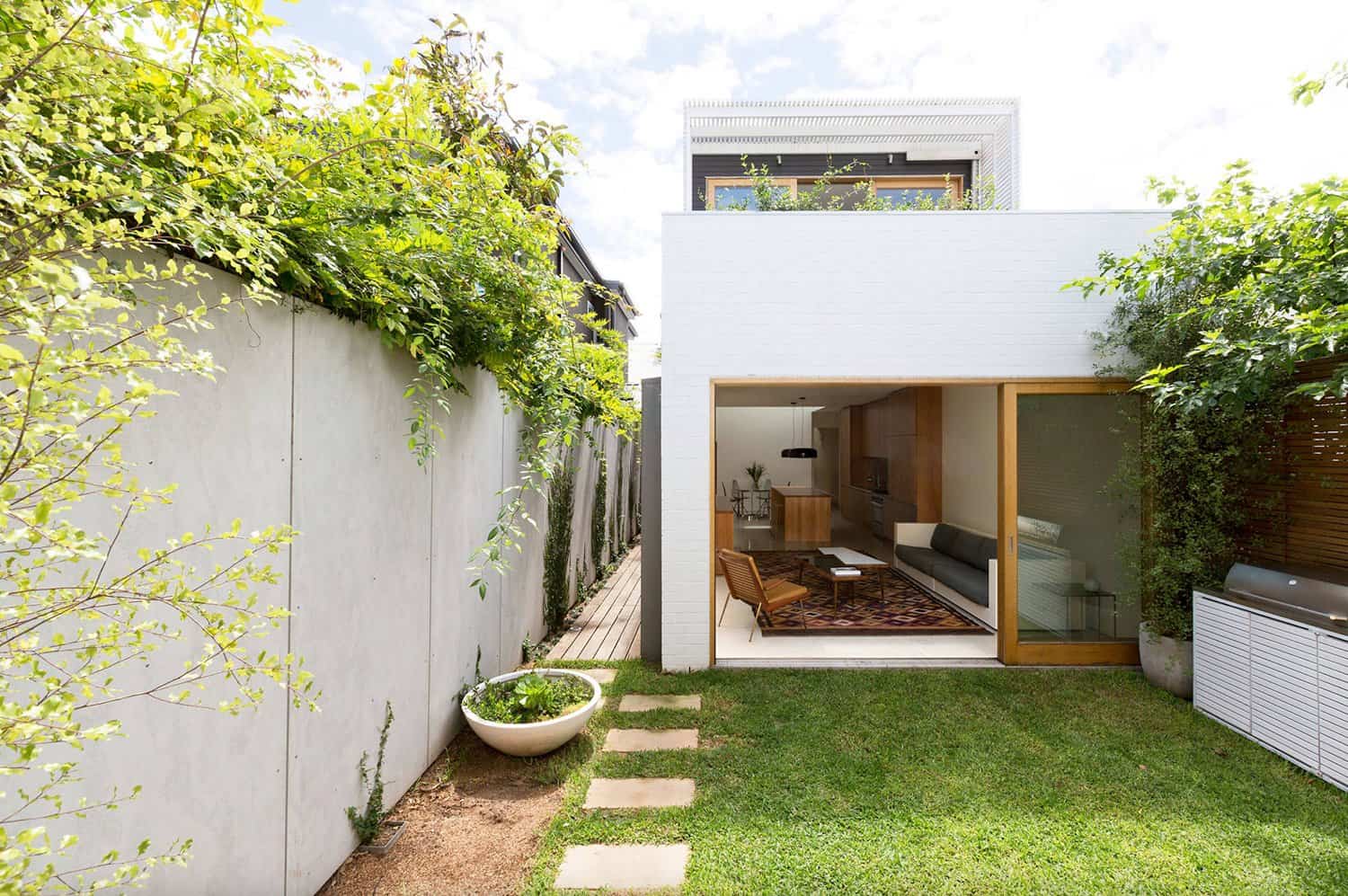

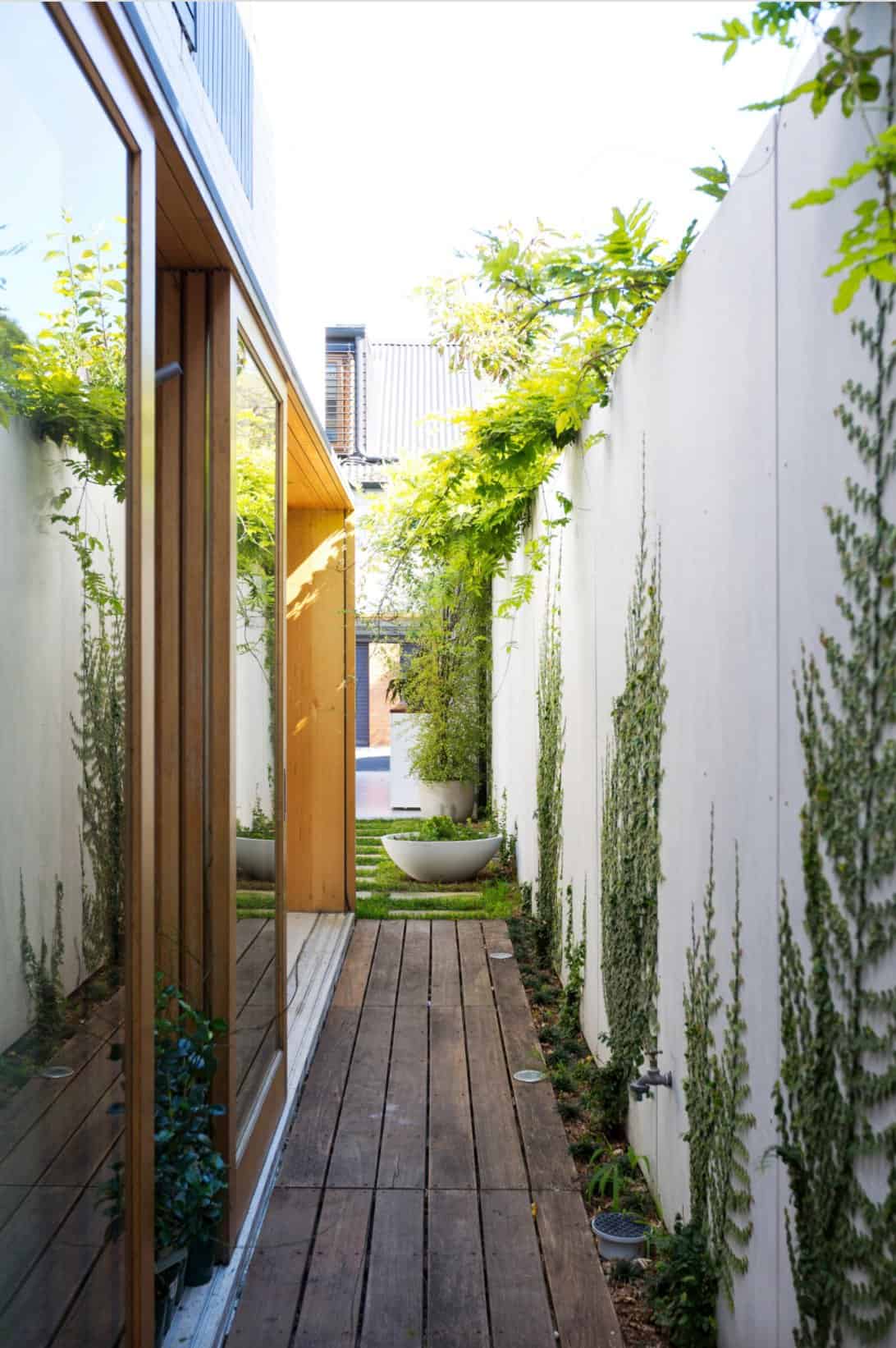
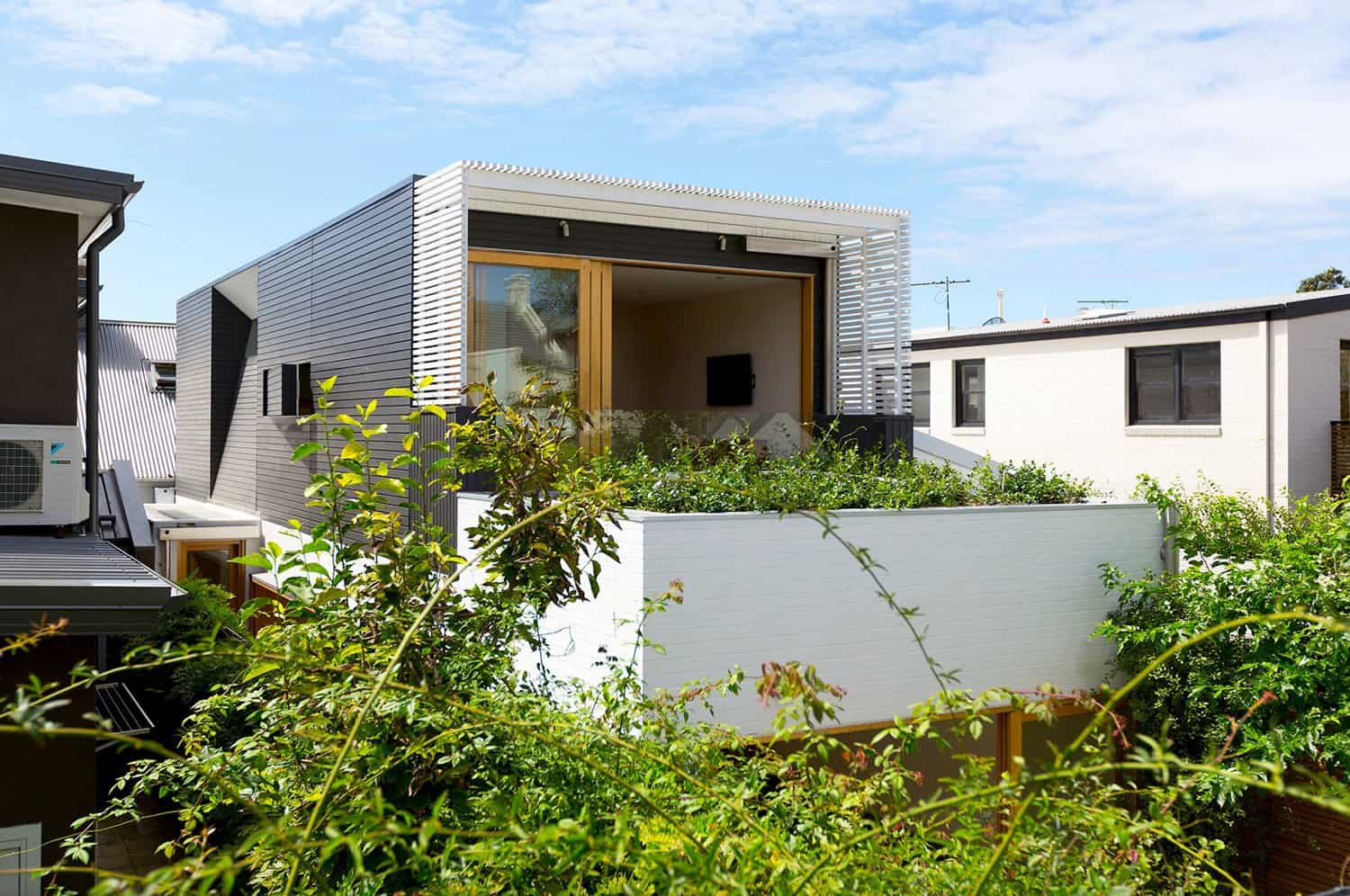

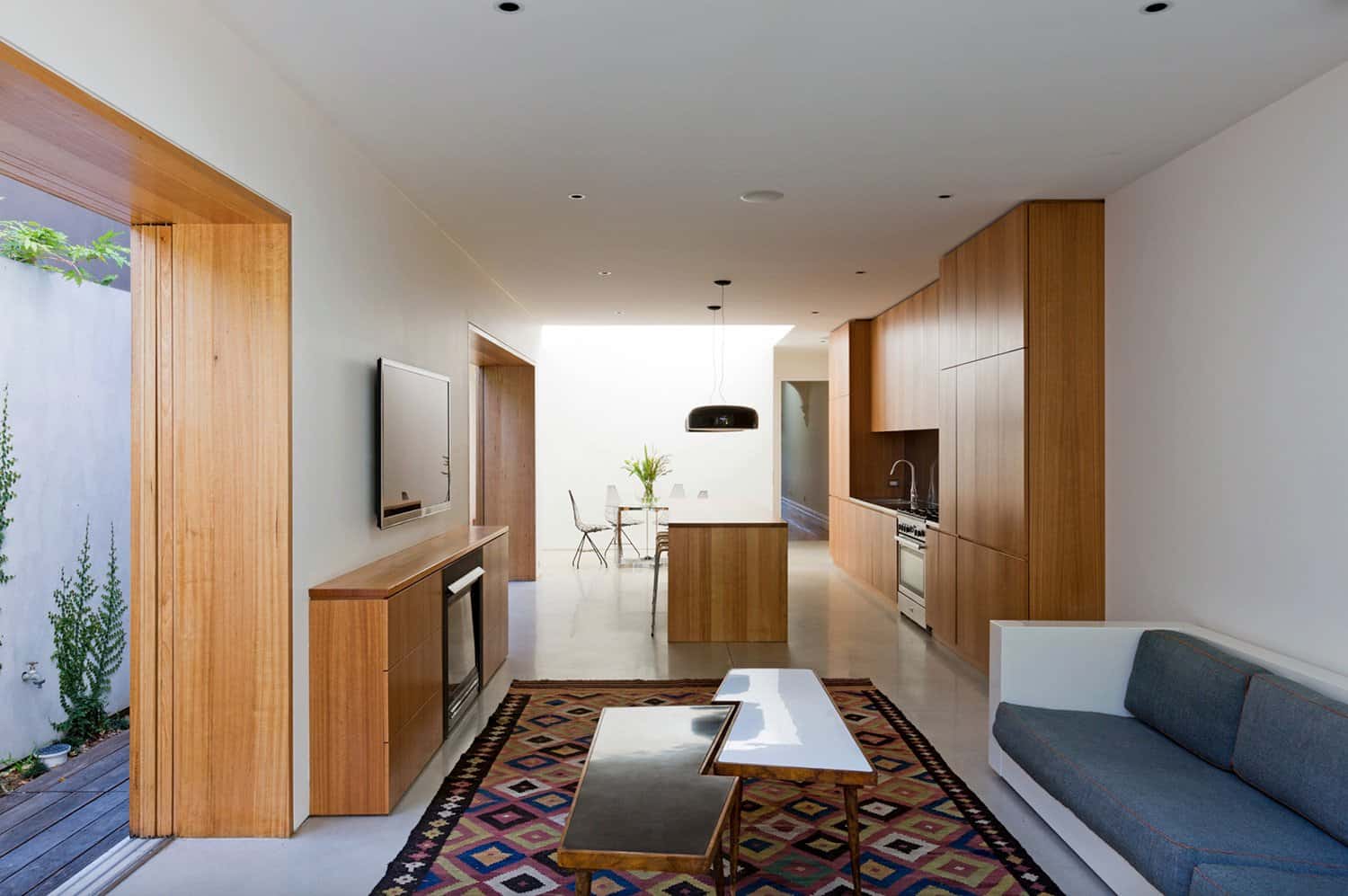
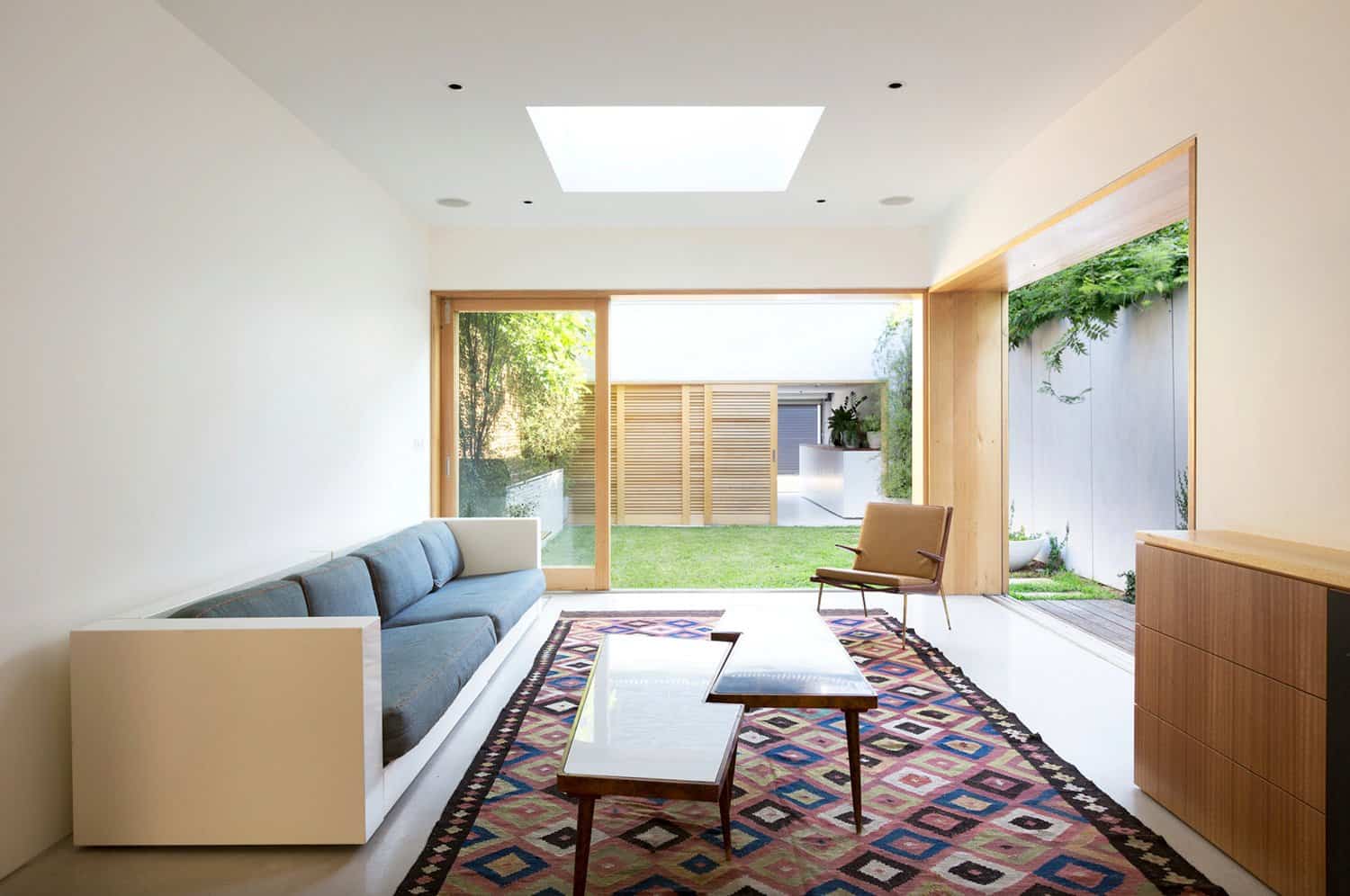
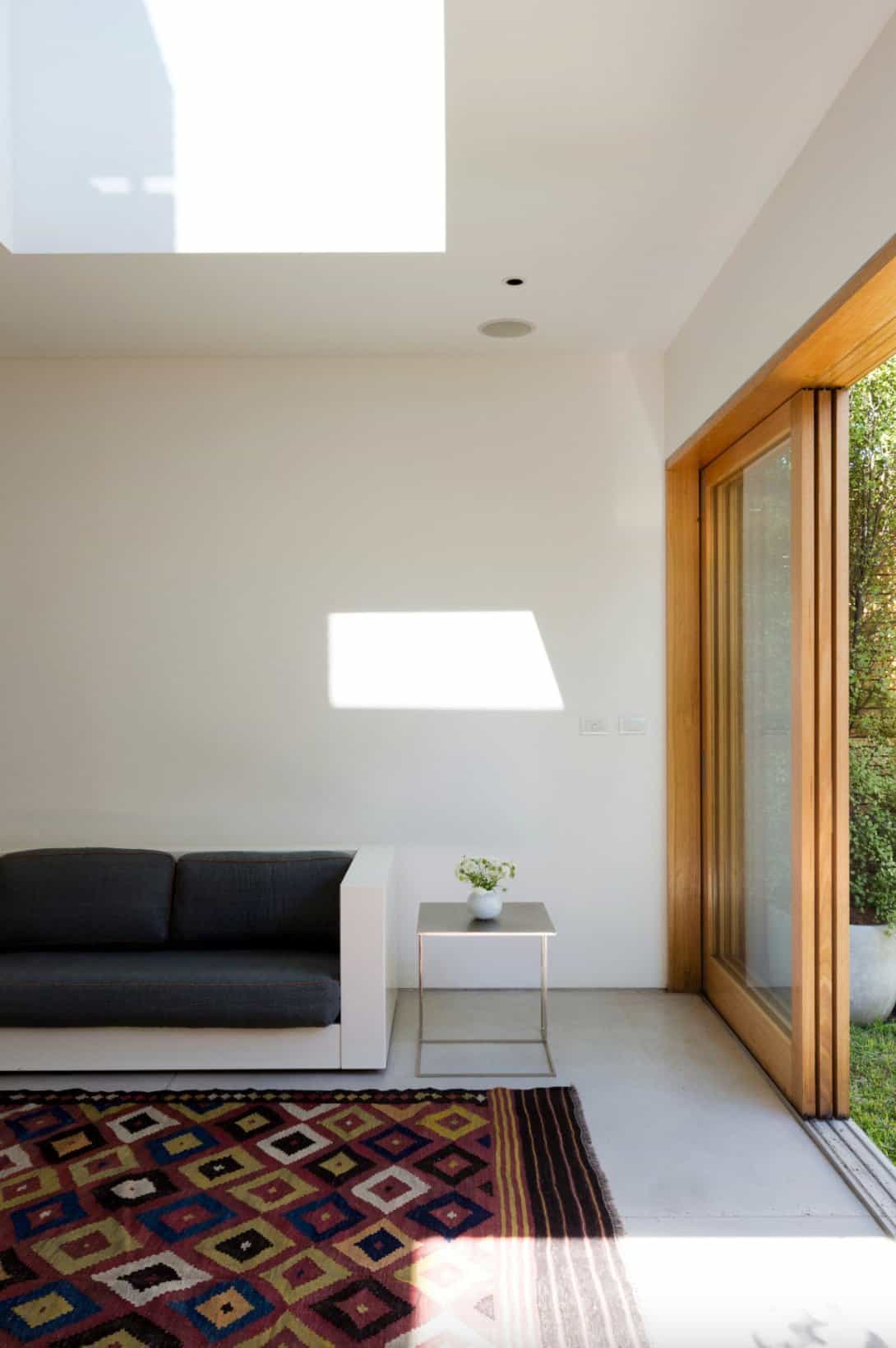
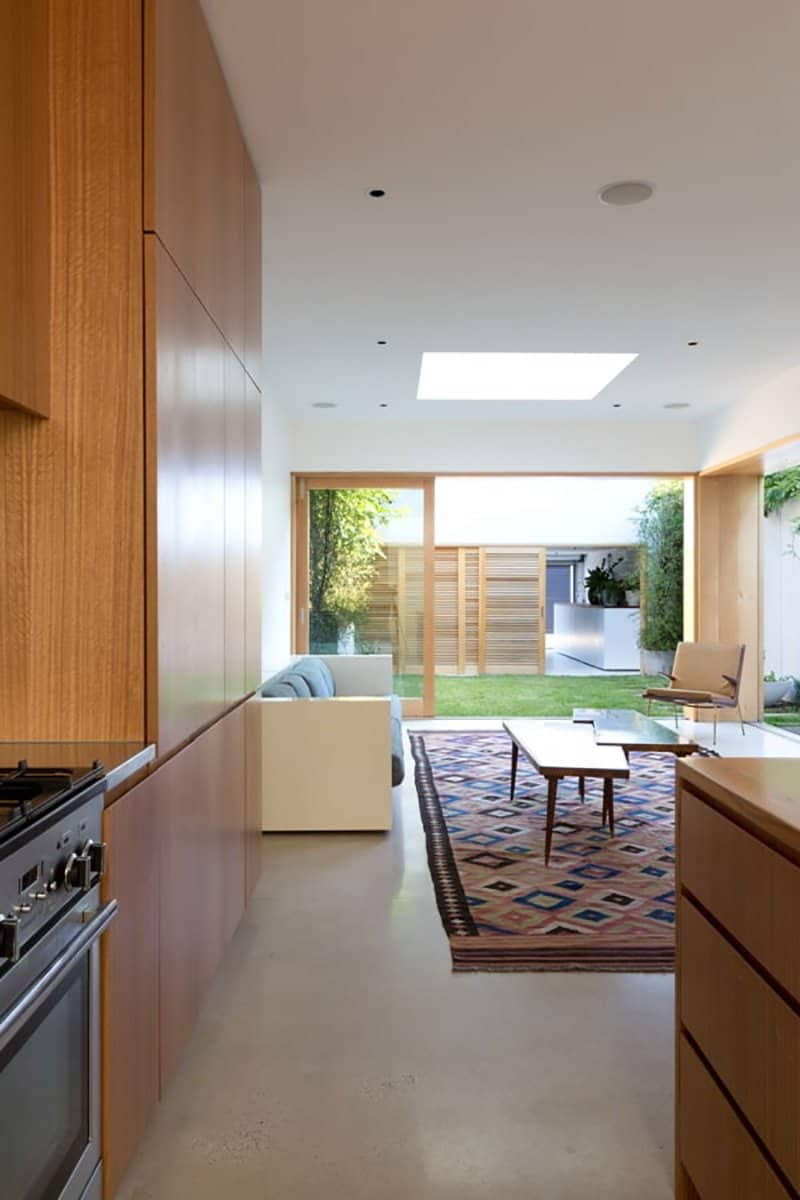
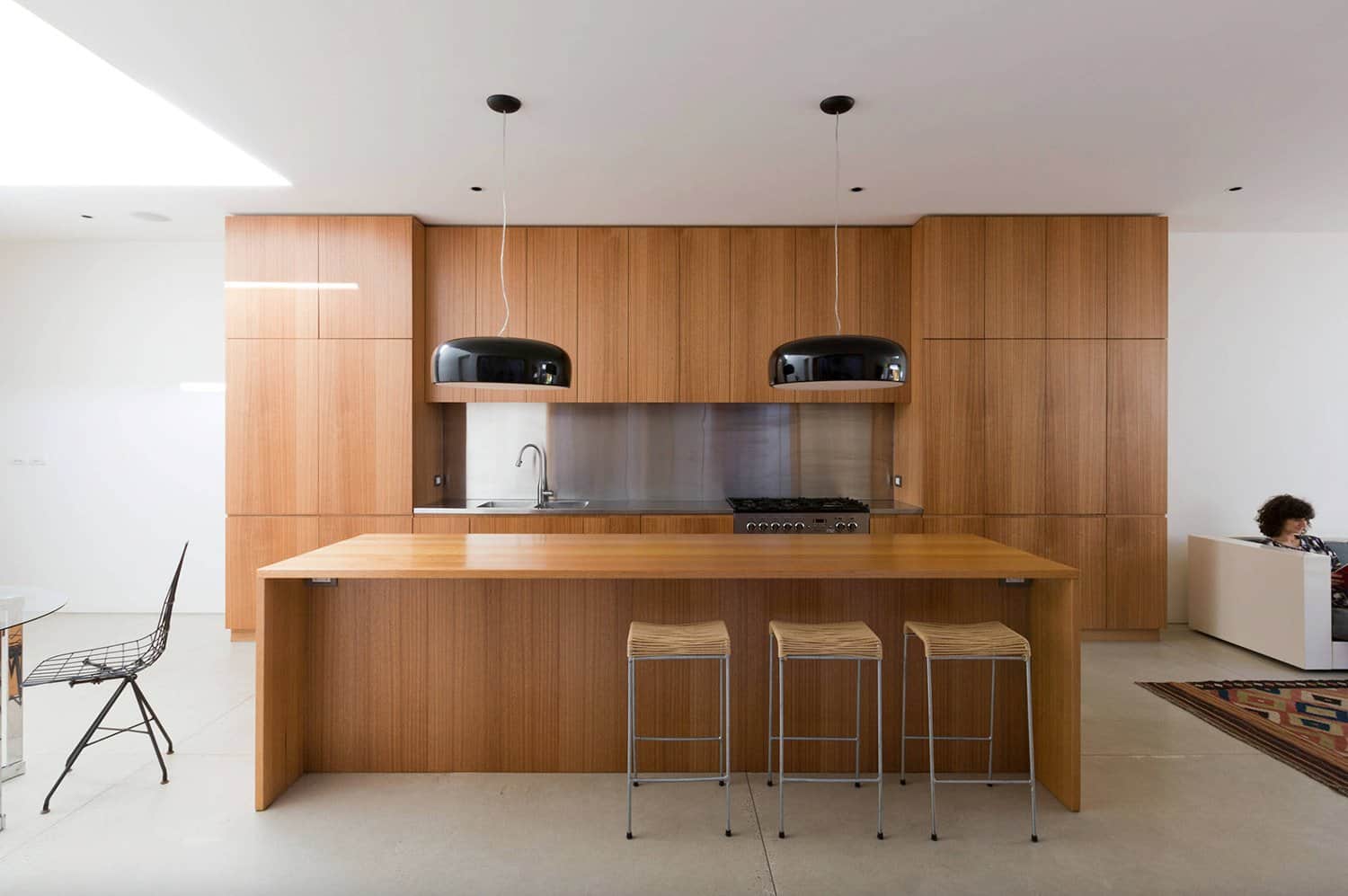
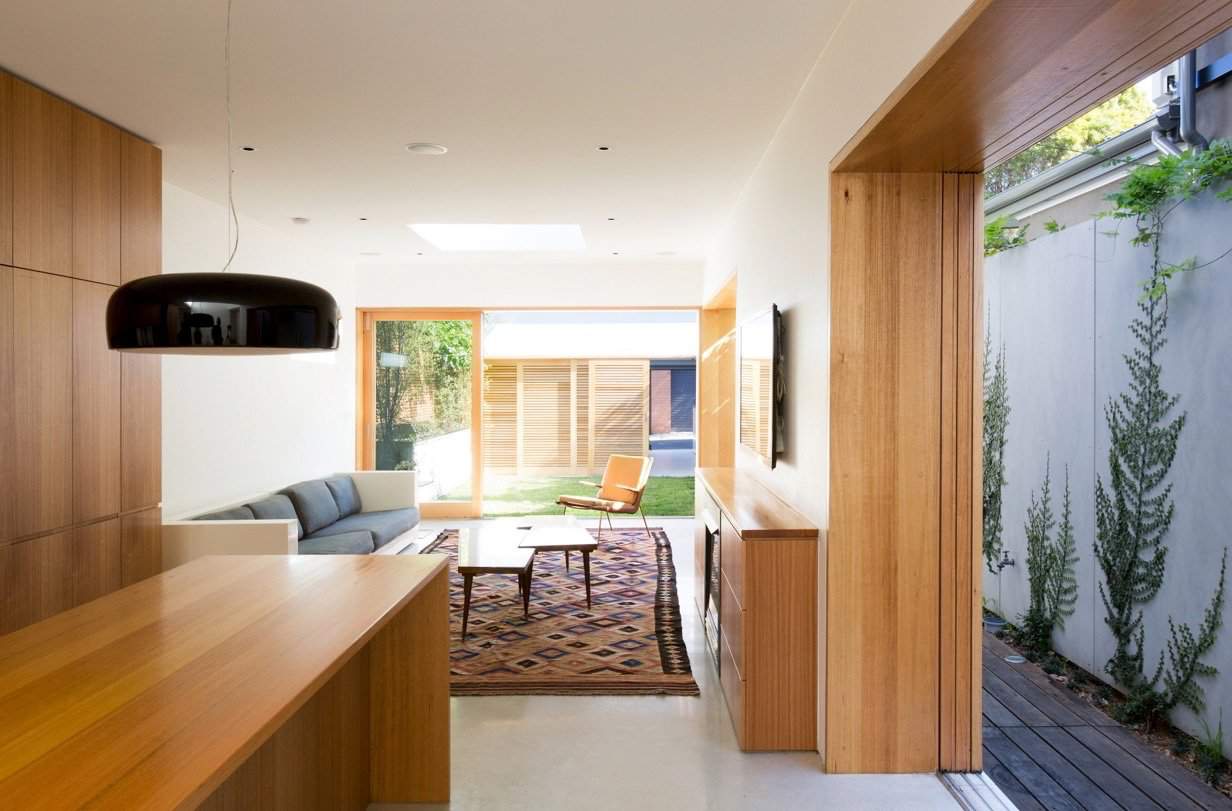
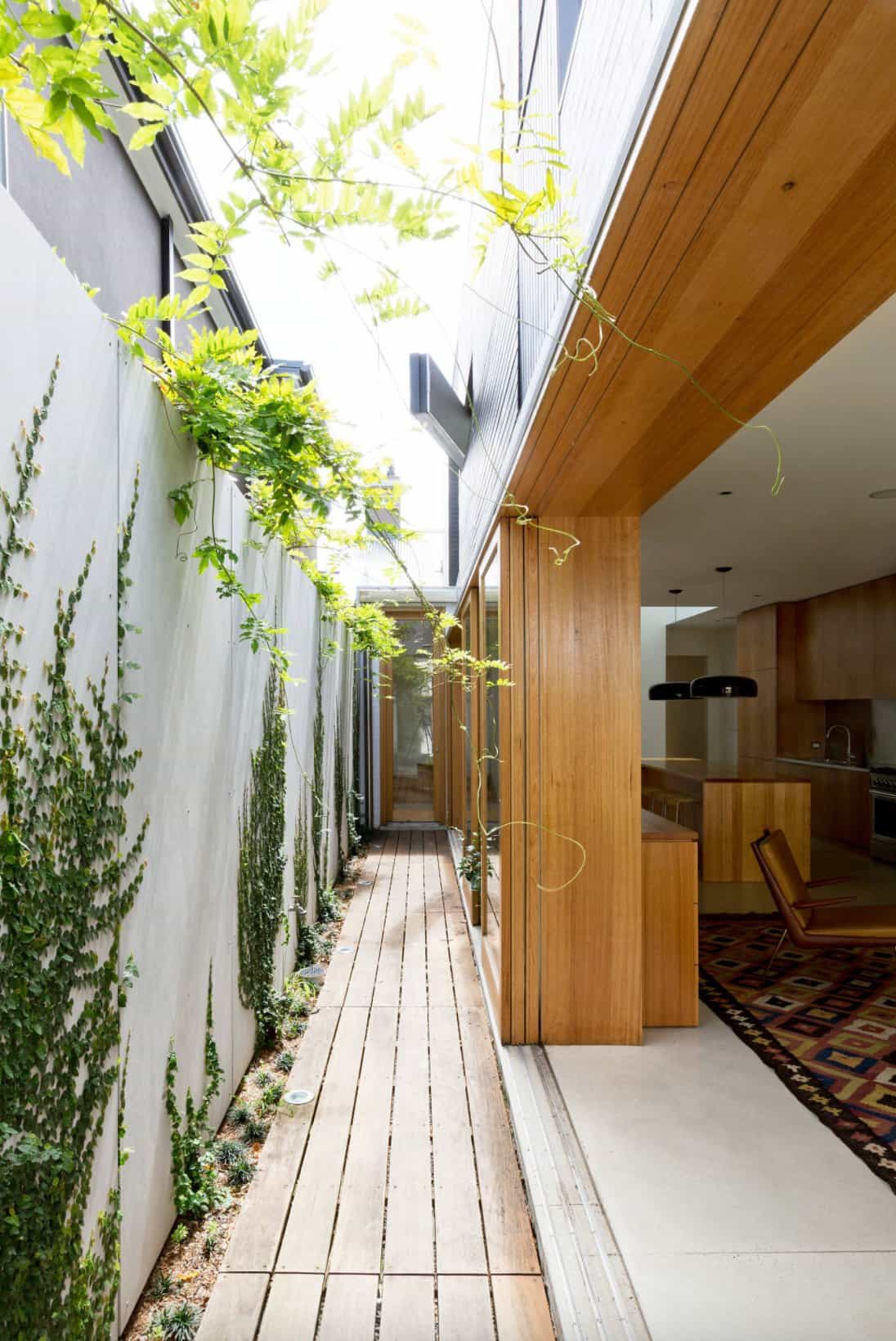
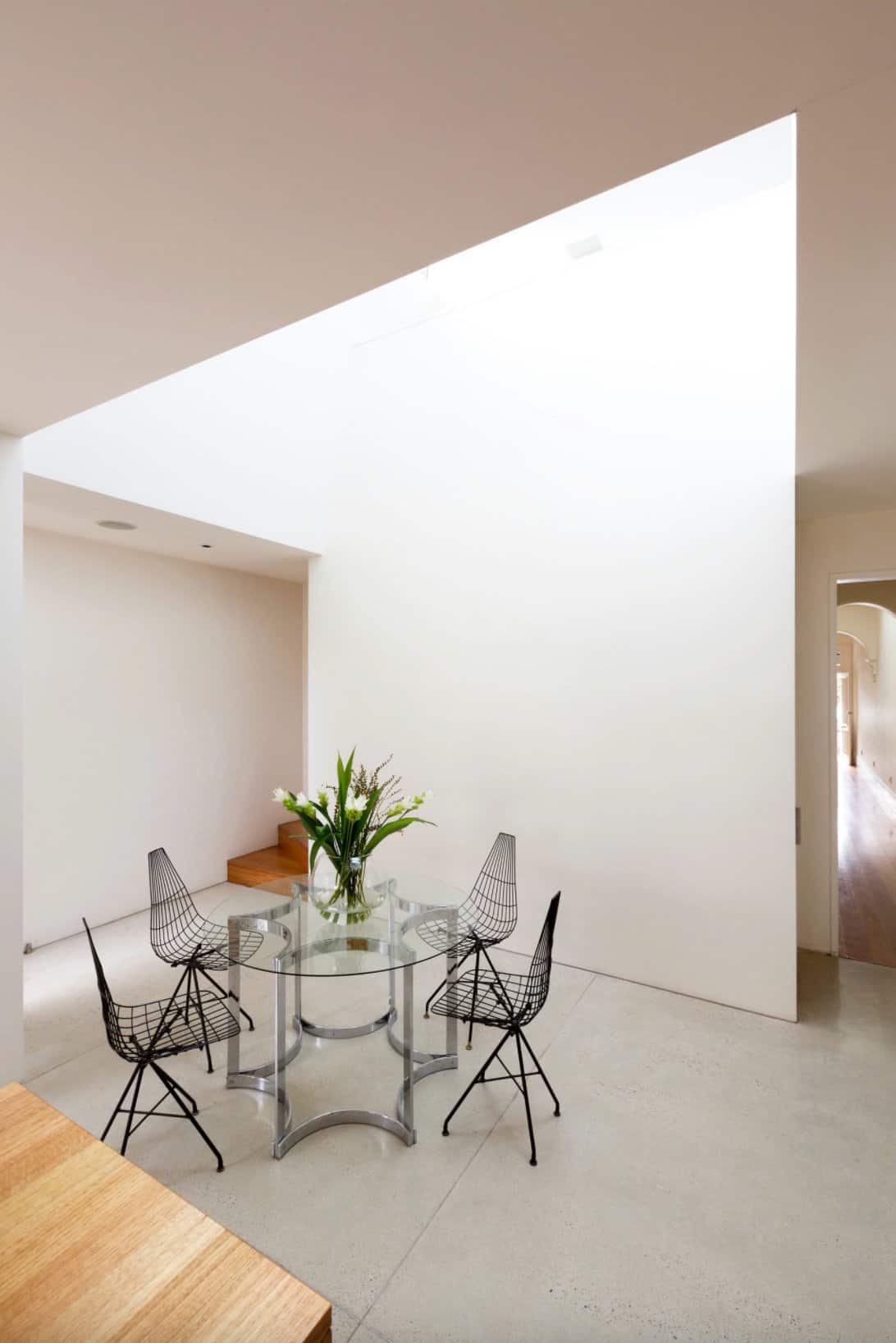

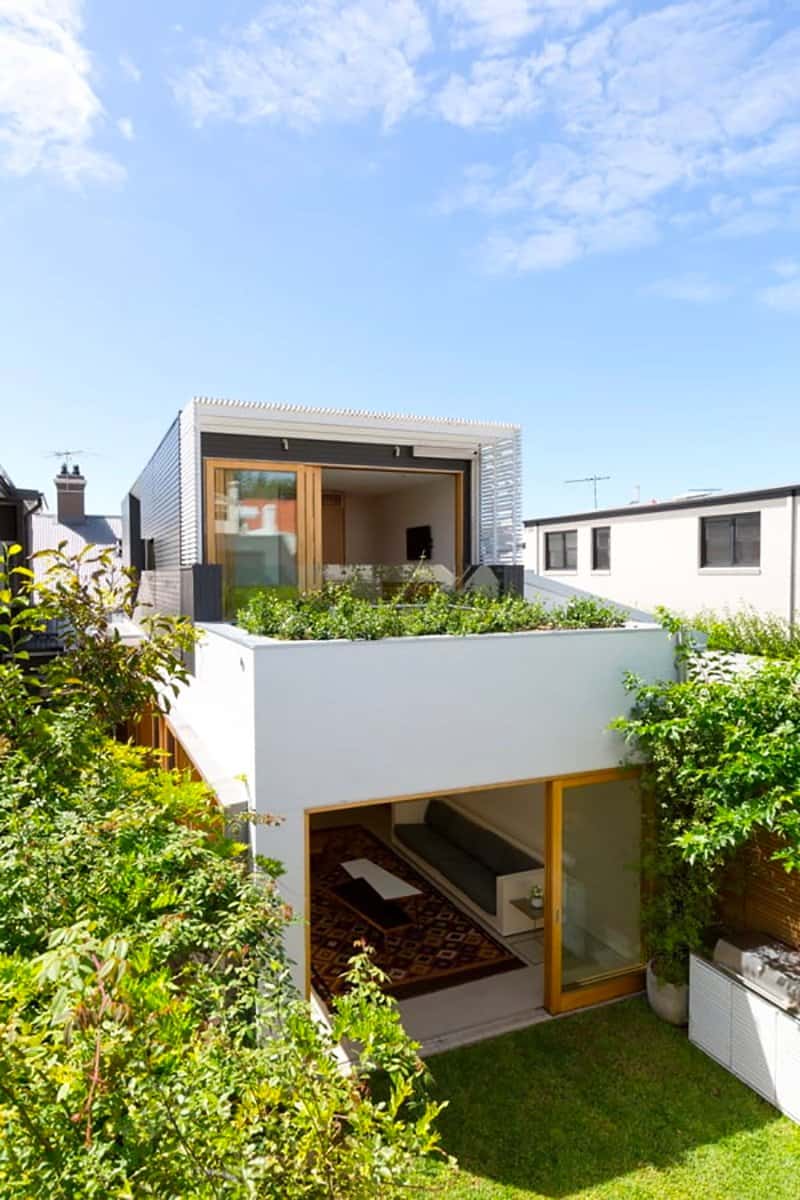

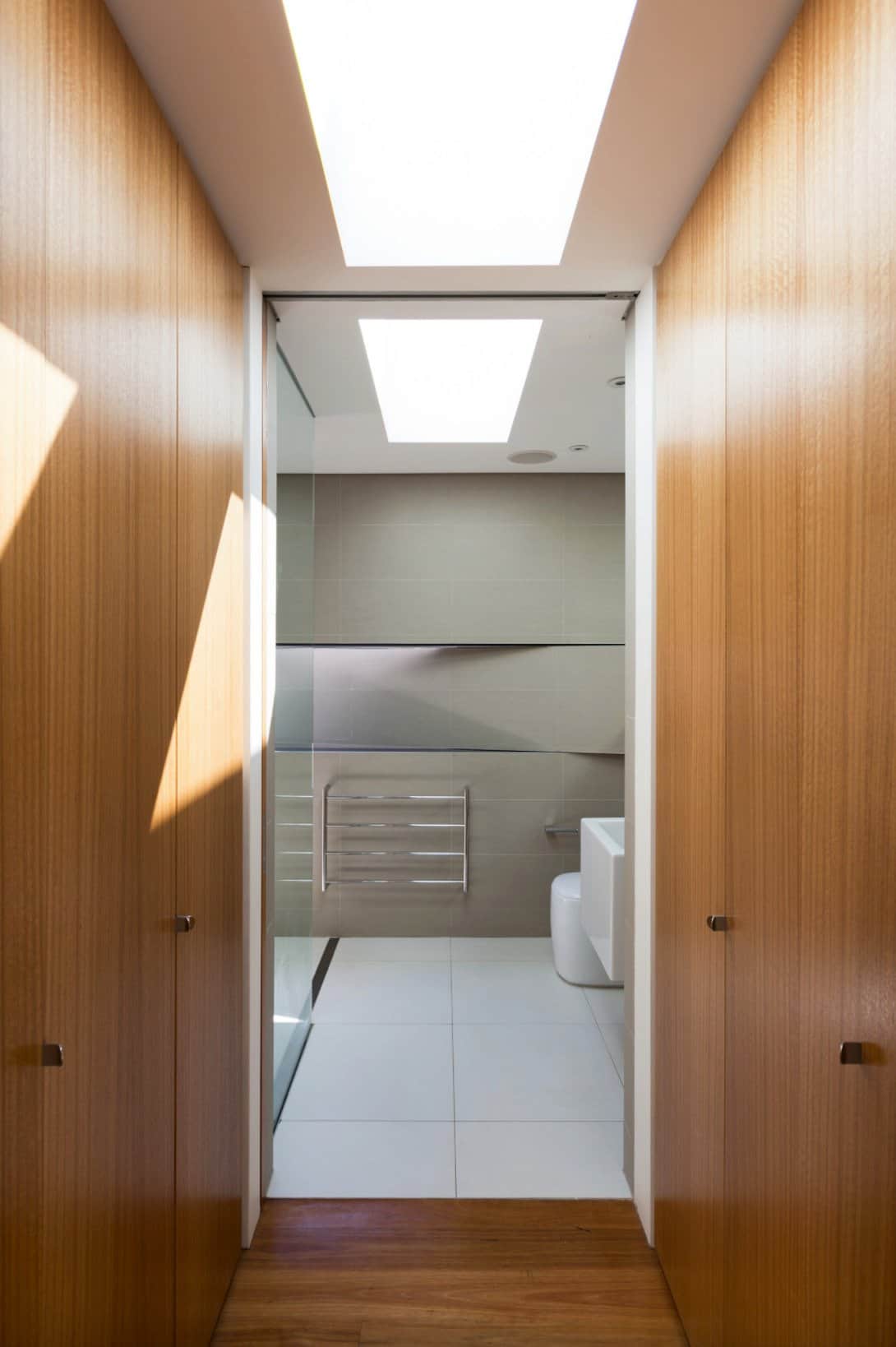
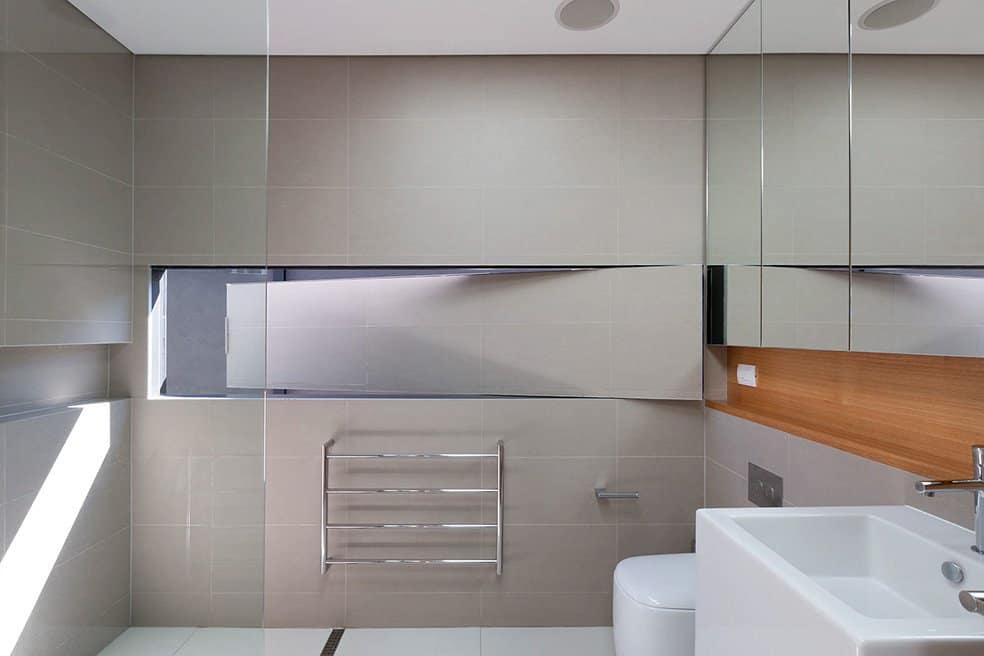
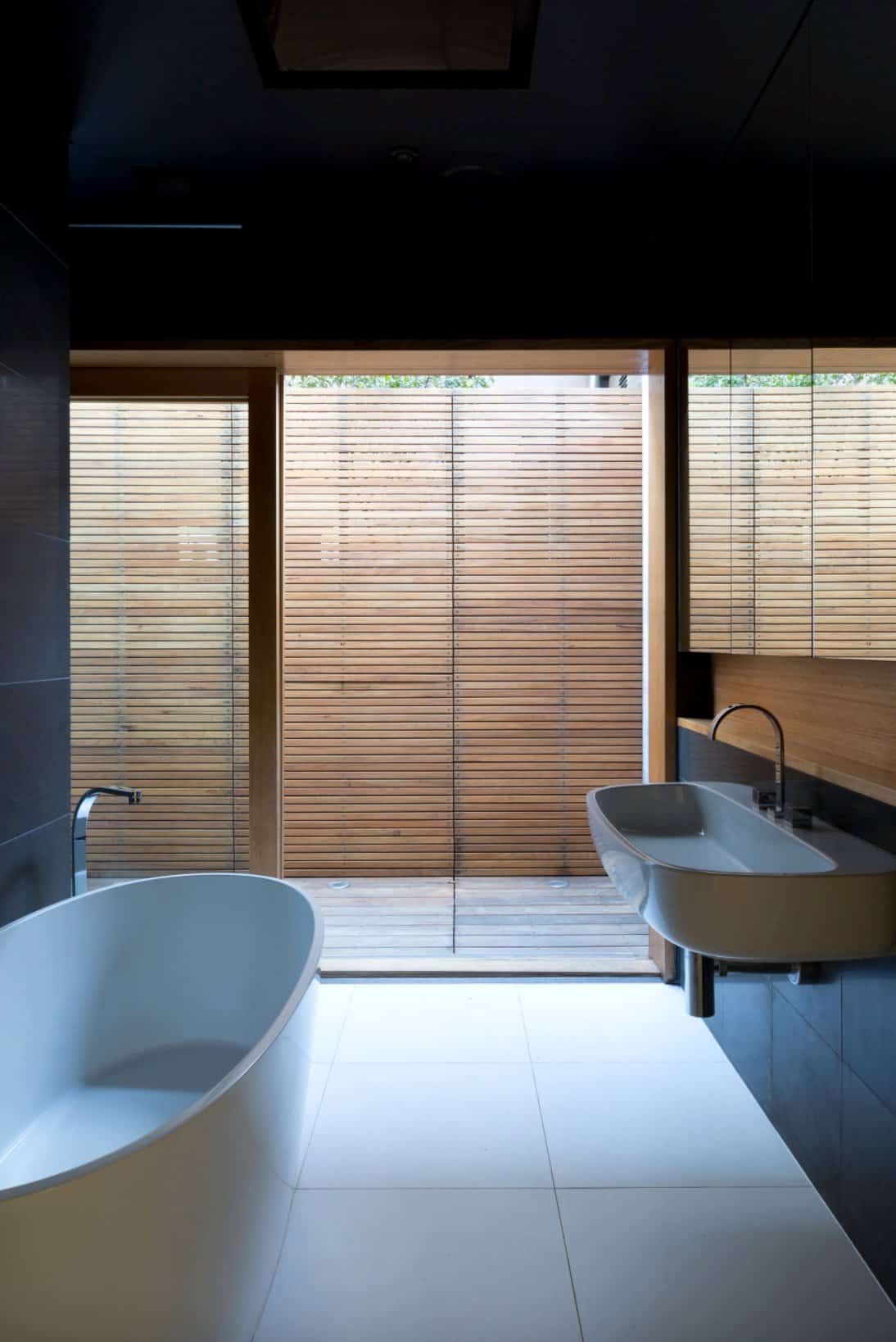

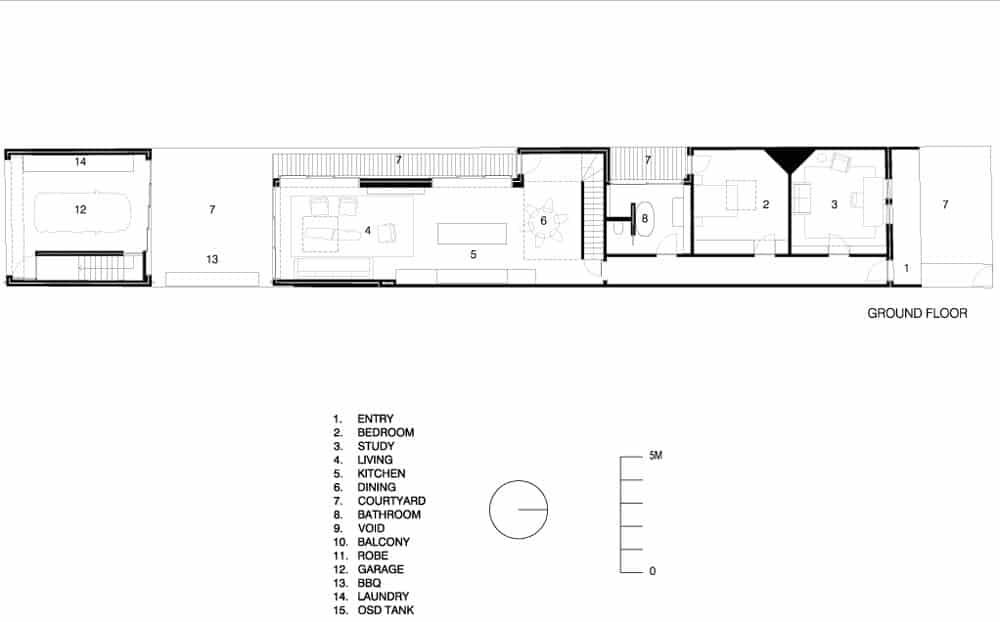
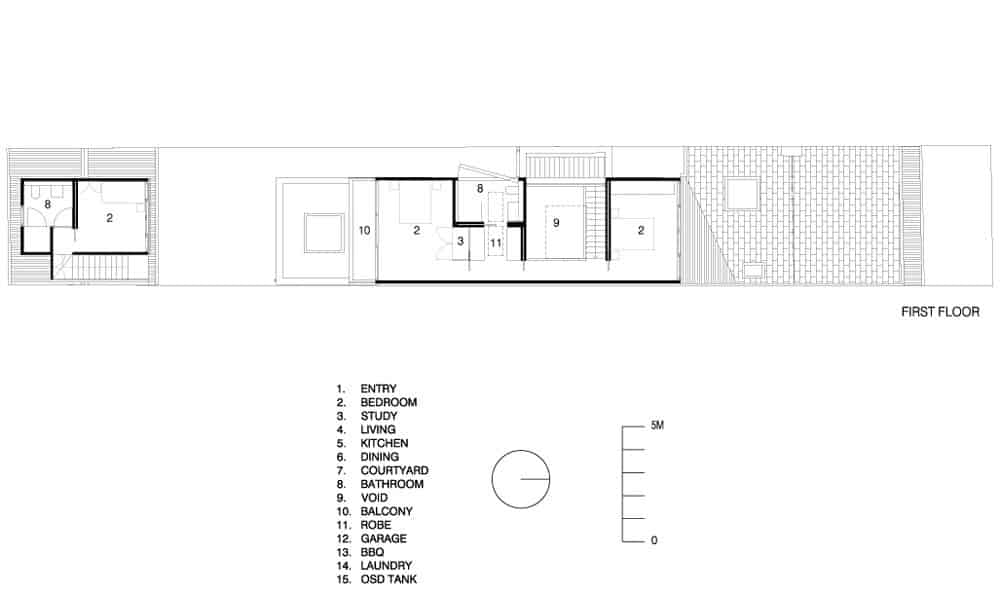
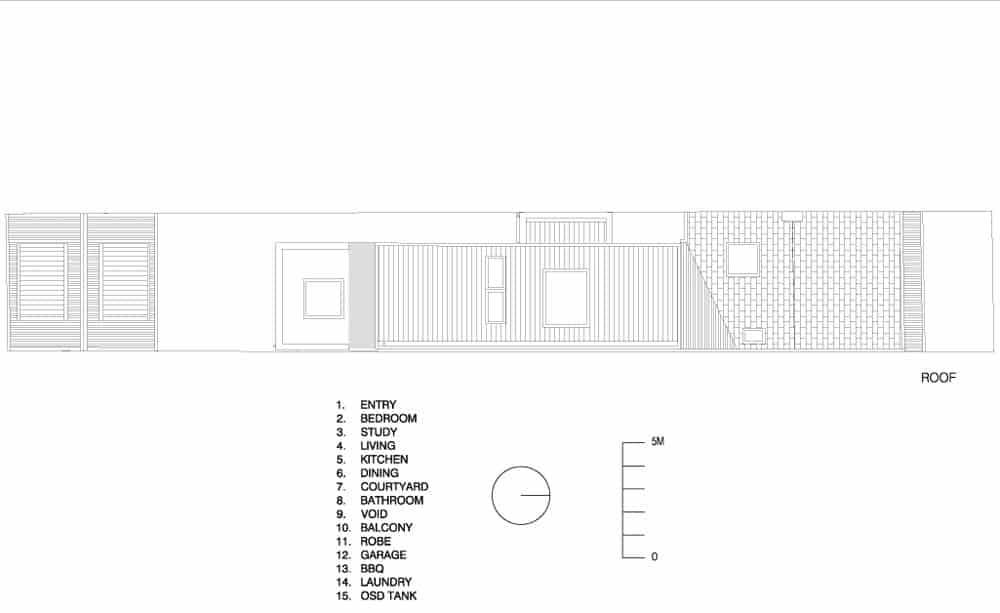
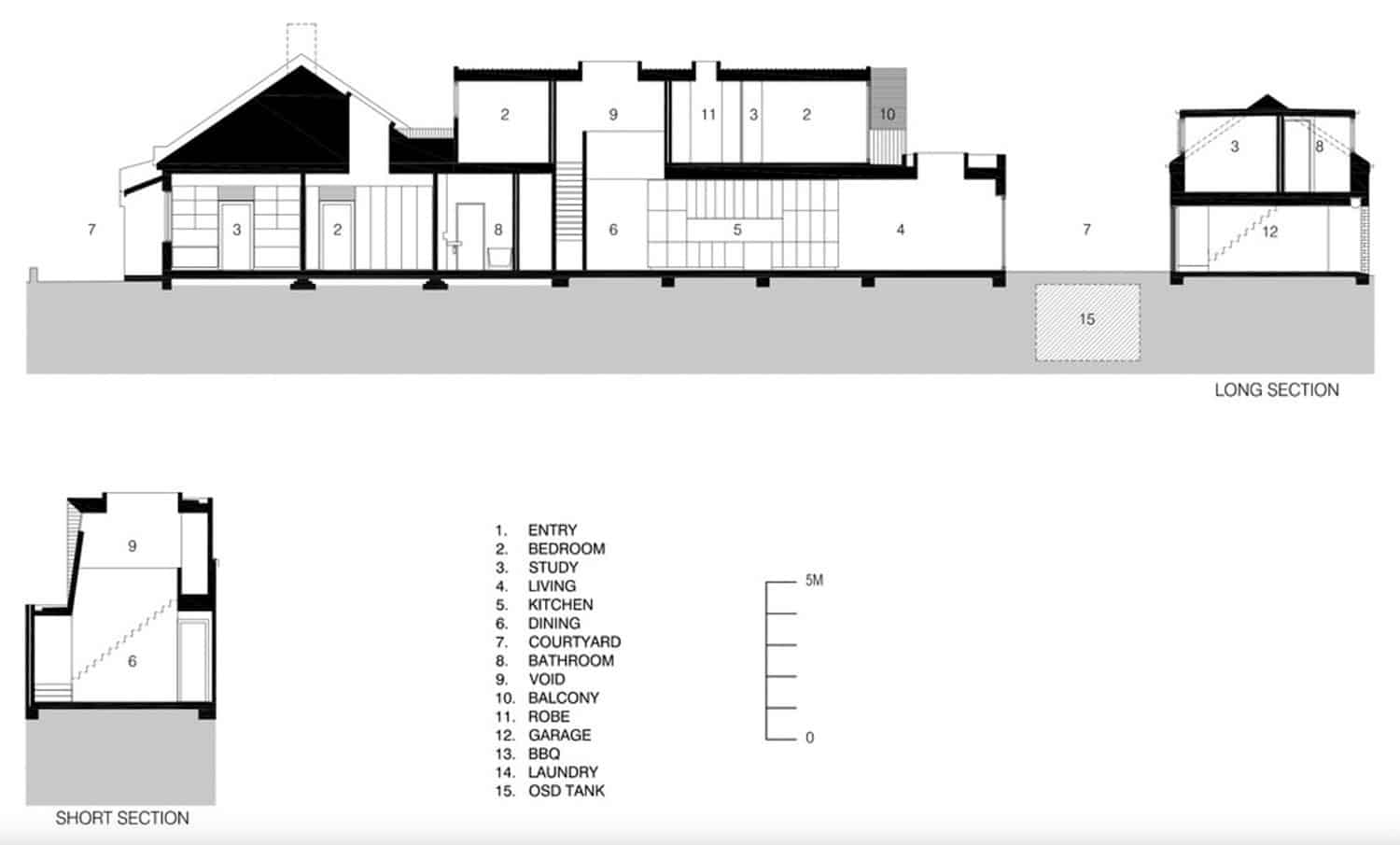
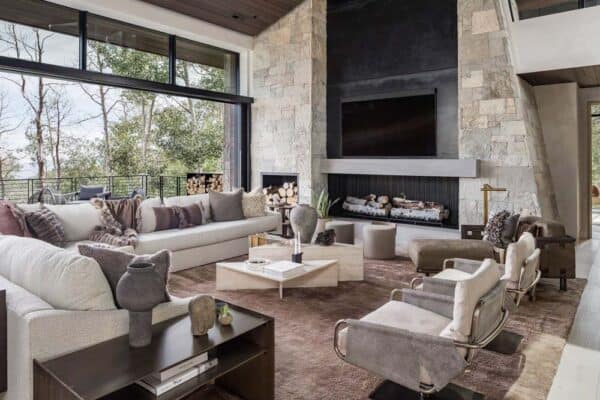
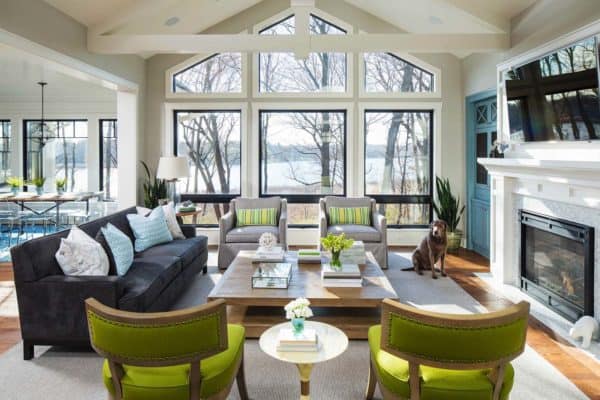
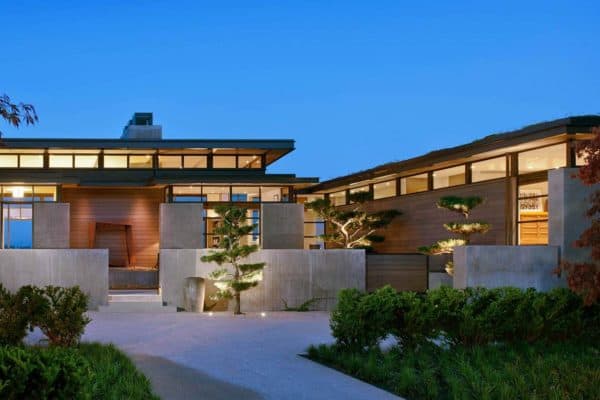
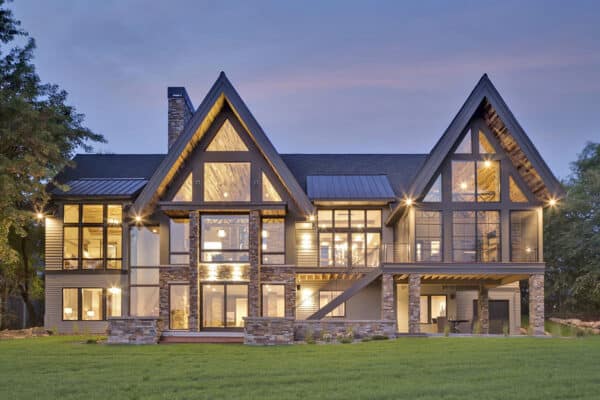


0 comments